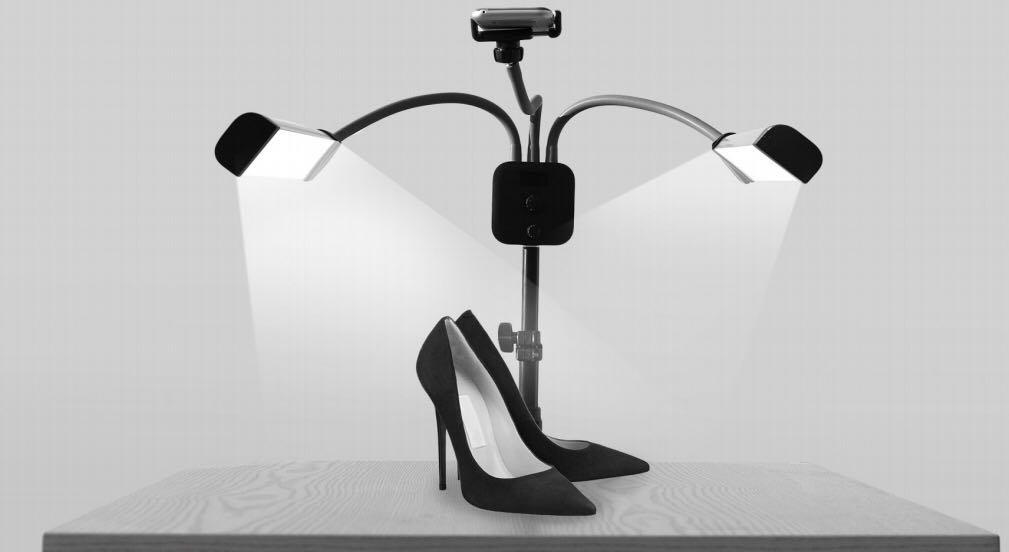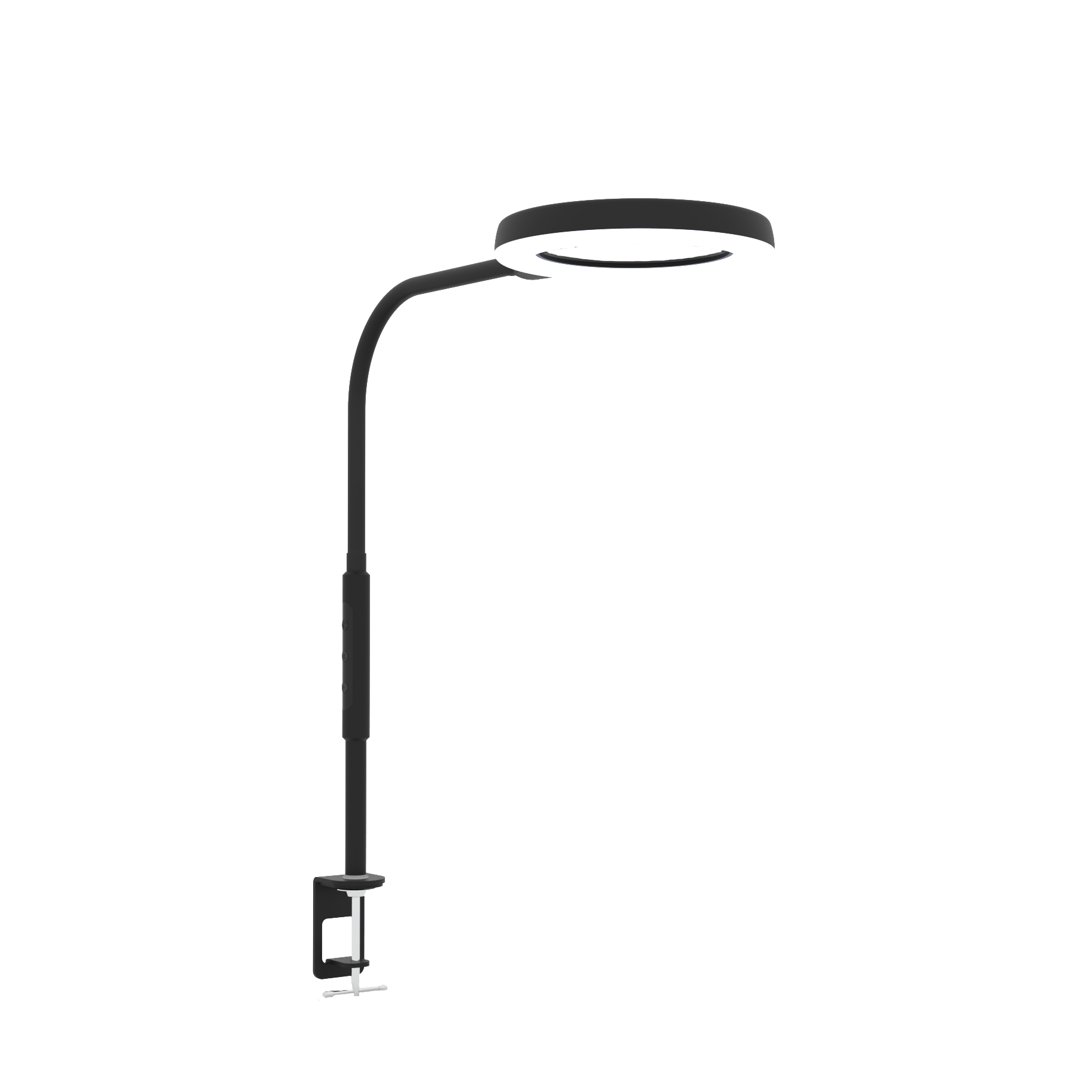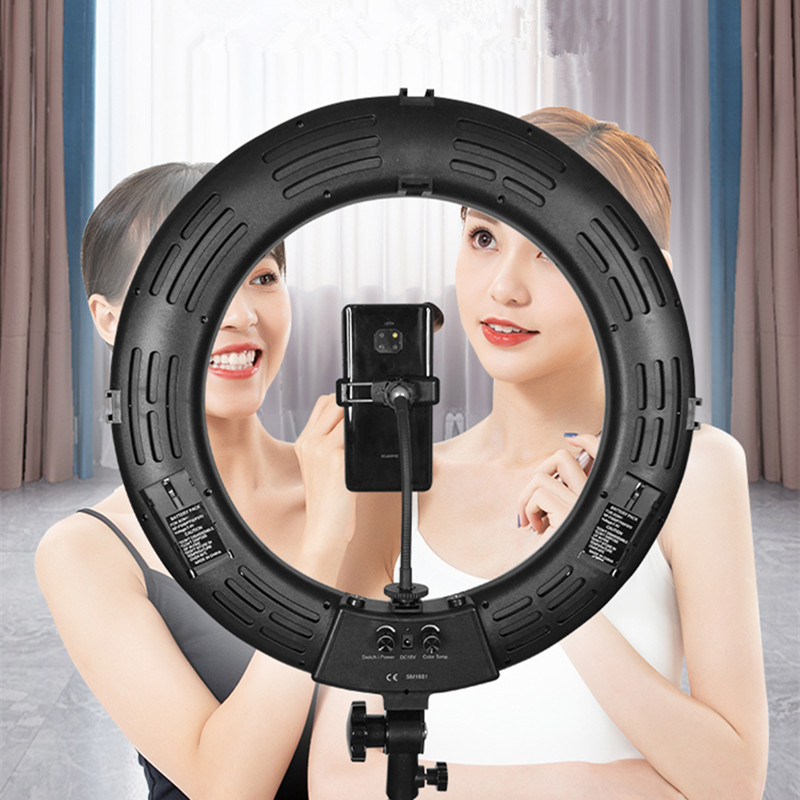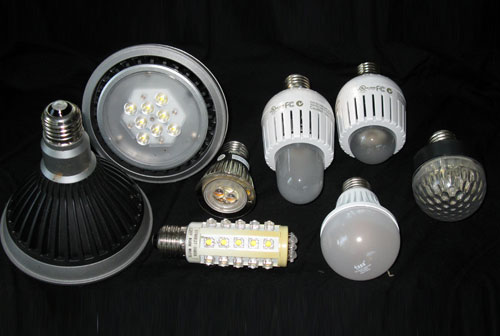Features and Benefits of LED Lights
1. Small Size
An LED is essentially a microscopic chip once encapsulated in an epoxy resin are extremely small and lightweight.
2. Low power consumption
LED consume very little power, far less than standard light bulbs leading to greatly reduced energy costs and extremely enhanced global energy savings. LEDs also require far less energy to manufacture than other light sources, reducing the environmental impact of artificial lighting even further. Generally, a LED is designed to operate at 2 – 3.6V, 0.02-0.03A current which means a LED typically requires no more than 0.1W to operate.
3. Rugged
LEDs are rugged, solid state devices and are not susceptible to vibration such as with incandescent filament based bulbs.
4. Long Lifetime
When operating at the specified voltage, current, and within specified environmental conditions, LEDs can enjoy a long life of up to 100,000 hours.
5. High Luminous Efficiency and Low Heat Emitting
Due to the special materials that are used to manufacture LEDs during electrons transition, LED mainly emits electromagnetic energy in the visible parts of the spectrum. This is unlike incandescent filaments which are heated and emit large amounts of electromagnetic energy in the infrared spectrum which can’t be seen and is felt as heat. That is to say, LEDs can convert significantly more of the energy applied to light, and therefore LEDs have a higher luminous efficiency with substantially lower amounts of heat produced.
6. Environmental Protection
LEDs are made from non-toxic materials, unlike fluorescent lights that contain mercury which poses a danger to the environment and human health. LEDs are recyclable.
7. Unbreakable
The LED semiconductor chip is completely embedded in an epoxy resin enclosure which is much more sturdy than traditional glass bulbs and fluorescent tubes. They are solid-state technology thus no loose and moving parts which make LEDs virtually indestructible.
.
The Application of LED
LEDs proprietary characteristics mentioned above determine their ideal suitability to be applied in a wide range of products and applications.
1. Decorative Lighting
Due to the rich variety in colors, compact size, durability, energy savings, and long life LEDs are a perfect light source for the decorative application. Mounted on a PCB, flexible PCB, cable wire, or other electrically conductive materials LEDs are versatile and are being applied to the entire range of decorative lighting.
2. General and Commercial Illumination
With the advance of the WLED (White LED) technology applied singularly, in clusters, or arrays are now bright enough to be used for General and Commercial Illumination. Homes, Offices, Public Buildings, Shopping Centers, and alike, all around the world are applying new WLED based illumination products.
3. LED Displays
Indoor and Outdoor Visual display systems are rapidly becoming the mainstay of the display and signage industry. The affordability of LED based screens and displays are also rapidly becoming more cost effective through a variety of designs, resolutions, and varied pixel pitch.
4. LCD Backlight
Because of LEDs compact size, durability, energy savings, long life, and low power consumption, LEDs are perfect light sources for LCD backlight displays.
5. Color
The advancement of LED technology and color control systems have brought about a very broad spectrum of single, mixed RG, RB, GB, AWB (Amber White Blue) RGB, RGBY, Cool White, Warm White, and Ultra-Warm White. Varied combinations of varied blue wavelengths, blue green combinations, applied with various mixtures of phosphors have brought about a true rainbow of available colors.
6. Intensity, Beam Angle, and Viewing Angle
LED light output varies with the type of chip, encapsulation process, as well as other variables. Generally, the amount of light emitted from a LED is quantified by a single point, on-axis luminous intensity value (LV), and is specified in milli-candela (MCD). A LED with higher luminous intensity value does not mean that it has higher total light output. To measure the total light output, the viewing angle must be taken into account too. LED viewing angle is also a function of the LED chip type and the epoxy lens that distributes the light. LEDs with different chips and epoxy lens will have different viewing angles. lf two LEDs have the same luminous intensity value, the lamp with the larger viewing angle will have the higher total light output.
An LED is essentially a microscopic chip once encapsulated in an epoxy resin are extremely small and lightweight.
2. Low power consumption
LED consume very little power, far less than standard light bulbs leading to greatly reduced energy costs and extremely enhanced global energy savings. LEDs also require far less energy to manufacture than other light sources, reducing the environmental impact of artificial lighting even further. Generally, a LED is designed to operate at 2 – 3.6V, 0.02-0.03A current which means a LED typically requires no more than 0.1W to operate.
3. Rugged
LEDs are rugged, solid state devices and are not susceptible to vibration such as with incandescent filament based bulbs.
4. Long Lifetime
When operating at the specified voltage, current, and within specified environmental conditions, LEDs can enjoy a long life of up to 100,000 hours.
5. High Luminous Efficiency and Low Heat Emitting
Due to the special materials that are used to manufacture LEDs during electrons transition, LED mainly emits electromagnetic energy in the visible parts of the spectrum. This is unlike incandescent filaments which are heated and emit large amounts of electromagnetic energy in the infrared spectrum which can’t be seen and is felt as heat. That is to say, LEDs can convert significantly more of the energy applied to light, and therefore LEDs have a higher luminous efficiency with substantially lower amounts of heat produced.
6. Environmental Protection
LEDs are made from non-toxic materials, unlike fluorescent lights that contain mercury which poses a danger to the environment and human health. LEDs are recyclable.
7. Unbreakable
The LED semiconductor chip is completely embedded in an epoxy resin enclosure which is much more sturdy than traditional glass bulbs and fluorescent tubes. They are solid-state technology thus no loose and moving parts which make LEDs virtually indestructible.
.
The Application of LED
LEDs proprietary characteristics mentioned above determine their ideal suitability to be applied in a wide range of products and applications.
1. Decorative Lighting
Due to the rich variety in colors, compact size, durability, energy savings, and long life LEDs are a perfect light source for the decorative application. Mounted on a PCB, flexible PCB, cable wire, or other electrically conductive materials LEDs are versatile and are being applied to the entire range of decorative lighting.
2. General and Commercial Illumination
With the advance of the WLED (White LED) technology applied singularly, in clusters, or arrays are now bright enough to be used for General and Commercial Illumination. Homes, Offices, Public Buildings, Shopping Centers, and alike, all around the world are applying new WLED based illumination products.
3. LED Displays
Indoor and Outdoor Visual display systems are rapidly becoming the mainstay of the display and signage industry. The affordability of LED based screens and displays are also rapidly becoming more cost effective through a variety of designs, resolutions, and varied pixel pitch.
4. LCD Backlight
Because of LEDs compact size, durability, energy savings, long life, and low power consumption, LEDs are perfect light sources for LCD backlight displays.
5. Color
The advancement of LED technology and color control systems have brought about a very broad spectrum of single, mixed RG, RB, GB, AWB (Amber White Blue) RGB, RGBY, Cool White, Warm White, and Ultra-Warm White. Varied combinations of varied blue wavelengths, blue green combinations, applied with various mixtures of phosphors have brought about a true rainbow of available colors.
6. Intensity, Beam Angle, and Viewing Angle
LED light output varies with the type of chip, encapsulation process, as well as other variables. Generally, the amount of light emitted from a LED is quantified by a single point, on-axis luminous intensity value (LV), and is specified in milli-candela (MCD). A LED with higher luminous intensity value does not mean that it has higher total light output. To measure the total light output, the viewing angle must be taken into account too. LED viewing angle is also a function of the LED chip type and the epoxy lens that distributes the light. LEDs with different chips and epoxy lens will have different viewing angles. lf two LEDs have the same luminous intensity value, the lamp with the larger viewing angle will have the higher total light output.
Related Posts
Copyright © 2023 Zhejiang Seming Electronic Co., Ltd.






